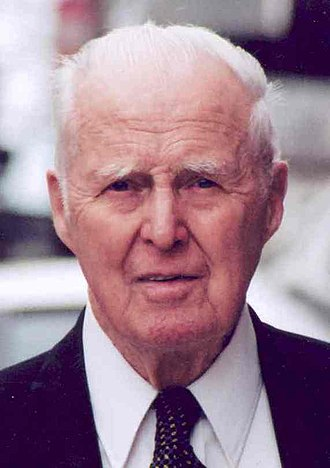Notes from India (2). Food in India

Above: Outdoor Market. Fatehpur Sikri, Uttar Pradesh, India. 04 April 2024.
The above image, captured through the window of our minibus as we passed through Fatehpur Sikri, Rajasthan, of fruit sellers seems to indicate food in abundance. When TIMDT and Mwah (sic) first arrived in India in 1972, India, with a population of 550 million was a net importer of food. Today, as we return to India in 2024, with its population of 1.4 billion, India is a net exporter of food. India's food production achievement over the last fifty years is one of the great, yet today, underappreciated and little talked about world scale success stories of our time. How did India achieve food self-sufficiency in the last fifty years while growing its population by nearly a factor of three?
Agricultural scientists developed higher yield varieties of grain, that's how. Norman Borlaug (of course every American school child knows Borlaug's name by heart - not) was an American agronomist who led initiatives worldwide in the mid 1960's that contributed to the extensive increases in agricultural production termed the Green Revolution. Borlaug was awarded multiple honors for his work, including the Nobel Peace Prize, the Presidential Medal of Freedom and the congressional gold medal. Borlaug was often called "the father of the Green Revolution" and is credited with saving over a billion people worldwide from starvation. Today, Borlaug and his miracle achievements in food production, at least in the popular consciousness, are all but forgotten.

Above: Norman Borlaugh
Planting Borlaug's seeds in India led to record production year after year post 1970. There is still hunger in India. It is estimated that 15% of India's population receives inadequate nutrition. Authorities say such food deficiencies relate to distribution issues and not to food shortages.
Perhaps the reason that the success of the Green Revolution isn't widely appreciated today is that its accomplishment runs afoul of the narrative that there are too many people in the world. The "eat only non-genetically modified food (GMO) movement" is a tool used by progressives, without scientific justification, to convince gullible Westerners that Green Revolution's putative success is illusory due to the supposed harmful effects of genetically modified seeds. *** The ruse has worked. Today, most parts of the developed world, still adhering to the narrative that there are too many people in the world, are on the cusp of a population decline driven by low family formation and low birthrates. Declining populations will result in a lower standard of living as fewer workers (without unlikely whopping productivity gains) will be available to spur continued economic growth.
India is not so gullible as the West. India is aspirational as Western Culture cowers. Through use of science, India has shown that she can produce enough food for a growing population and with accompanying economic growth, now at 5%, increase prosperity for all of her citizens. With her growing population, look for India to take an increasing share of the world's output while simultaneously improving her peoples' standard of living. There may be other reasons to question India's future, but her agricultural success is not one of them.
Moral? Doubt so-called conventional wisdom driven by ideological narrative. Be like India. Use science to grow.
*** The fact that the believers in the harm of consuming GMO food are also strong supporters of the mRNA vaccines is another story for another time.